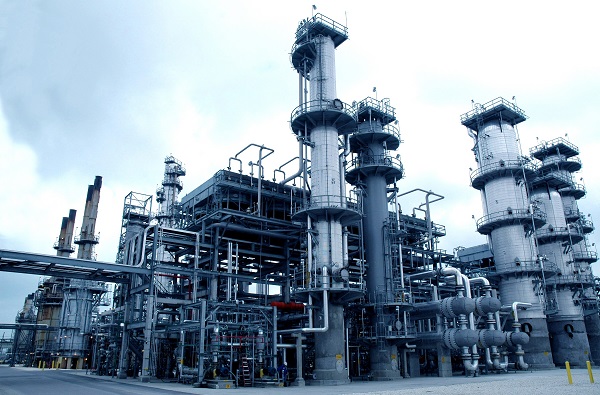
After becoming the sole owner of Motiva, Saudi Aramco announced plans to invest $18 billion in its U.S. downstream business. The company has offered little detail, but lube industry analysts say it could lead to changes at Motivas base oil plant in Port Arthur, Texas.
Saudi Aramco is making base oils a strategic focus, and Motiva is a big part of that. You would expect them to look at any opportunities, IHS Inc. Vice President Blake Eskew said in an interview.
Aramco, the national oil company of Saudi Arabia, owned 50 percent of Motiva before buying the other half from Shell, its joint venture partner, in a deal that closed May 1. At the Saudi-U.S. CEO Forum in Riyadh, Saudi Arabia, last month, Aramco President and CEO Amin Al Nasser said the company will invest $18 billion at Port Arthur by 2023 to increase refining capacity, expand into chemicals and to expand commercial operations.
Motiva officials declined to discuss in more detail the impacts expected for the refinery, but observers told Lube Report there is a good chance the base oil plant could be expanded or upgraded. Motiva has already completed an expansion to Port Arthurs hydrocracking unit and diesel hydrotreater, increasing capacity by 30 percent. With an increase in hydrocracker capacity, the expectation would be that there will be additional feedstock available for base oil production, said Harry Henderson, president of K&E Petroleum Consulting. Henderson continued, This would also be in line with recent studies by Motiva to determine the ability to produce [API] Group III at Port Arthur.
Motiva is reportedly considering changes that would allow the base oil plant to make Group III. The plant currently has capacity to make 40,300 barrels per day of Group II stocks, but outside sources have quoted Motiva officials stating that they are considering changing one of its three production trains to Group III.
Eskew noted that such a switch would entail significant investments in time and money. Its not a trivial decision. The ease of switching trains from Group II to Group III varies between plants, he said.
Henderson said such a change would likely have a significant effect on the market. Historically, Group III base oil has been imported into the U.S., primarily from Canada, the Middle East and Asia, though Calumet began making small amounts of Group III earlier this year at its plant in Shreveport, Louisiana.
Domestic production of Group III by Motiva would provide logistical efficiencies while offering a complimentary slate to the market with its Group II production, asserted Henderson. At the same time, introducing another Group III supplier into a competitive market may extend the current oversupply position into the U.S., unless some of the production could be used to offset imports by domestic customers.
Shifting some Group II capacity to Group III may act as a stabilizing force for an oversupplied Group II market, however. Aramco already has some access to Group III oils, being a majority owner of S-Oil, which operates a Group II/III plant in Ulsan, South Korea.
Industry analysts said it is less obvious how Motiva might branch into chemicals. Eskew expressed some skepticism that chemicals production would be added to Port Arthur operations, noting that the primary feedstocks for petrochemical refining in the United States are ethane and propane.
Since the feedstocks dont come from refineries, the refining industry in the U.S. has typically not been as closely integrated with petrochemicals as it is in much of the rest of the world, he explained. In Europe and Asia, most ethylene is produced from naphtha which is produced by refineries, so it is very common to have integrated refining/petrochemical complexes. In the U.S., there are certainly synergies between refining and petrochemical facilities, but they are relatively modest compared to Asia or Europe.
Eskew believes the drivers for Motivas expansion into petrochemicals would be independent of integrating the Port Arthur refinery. However, it may be that the site has room for major investments that would take advantage of existing infrastructure such as the port, utilities, labor, services, etc.
Photo courtesy of Motiva
